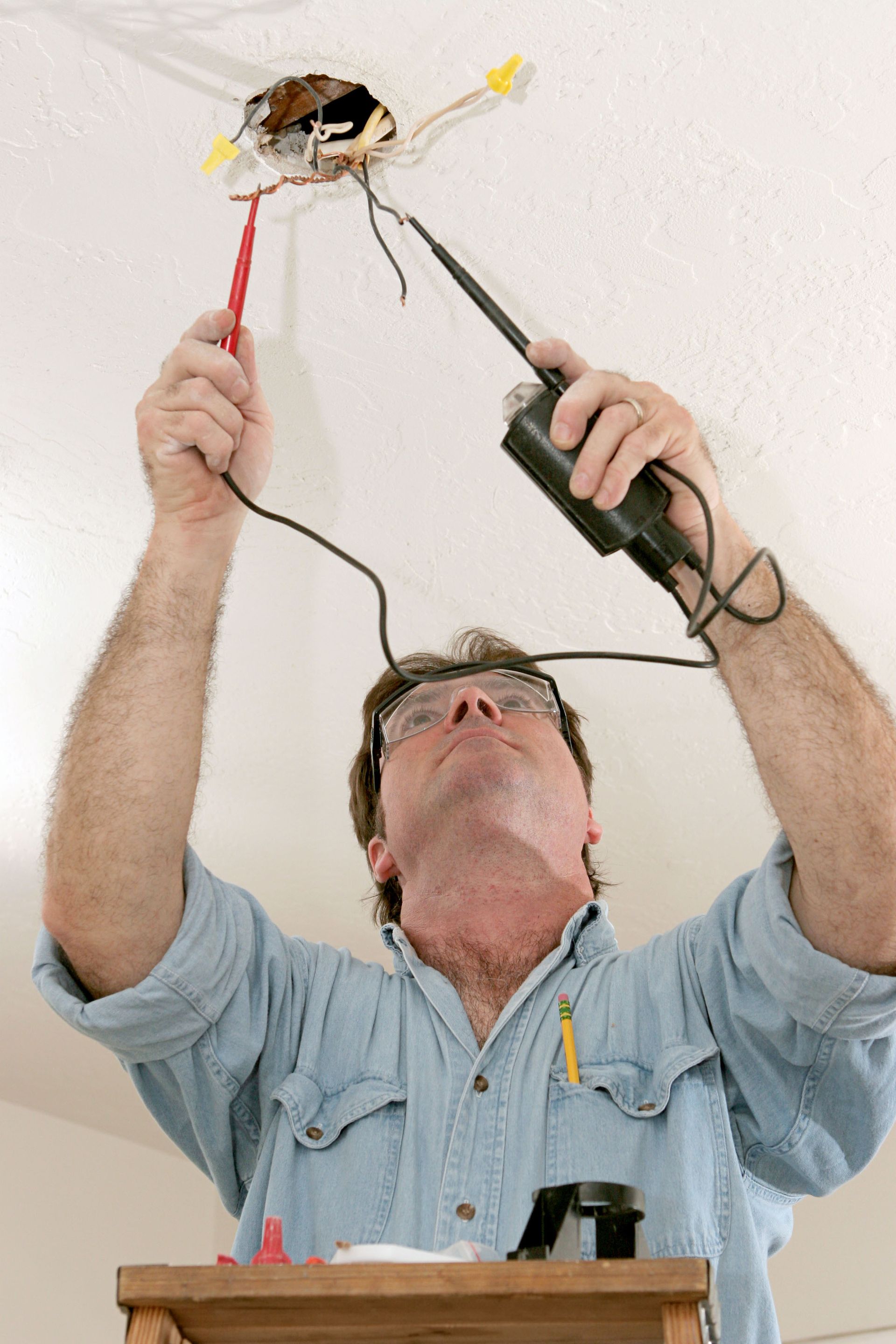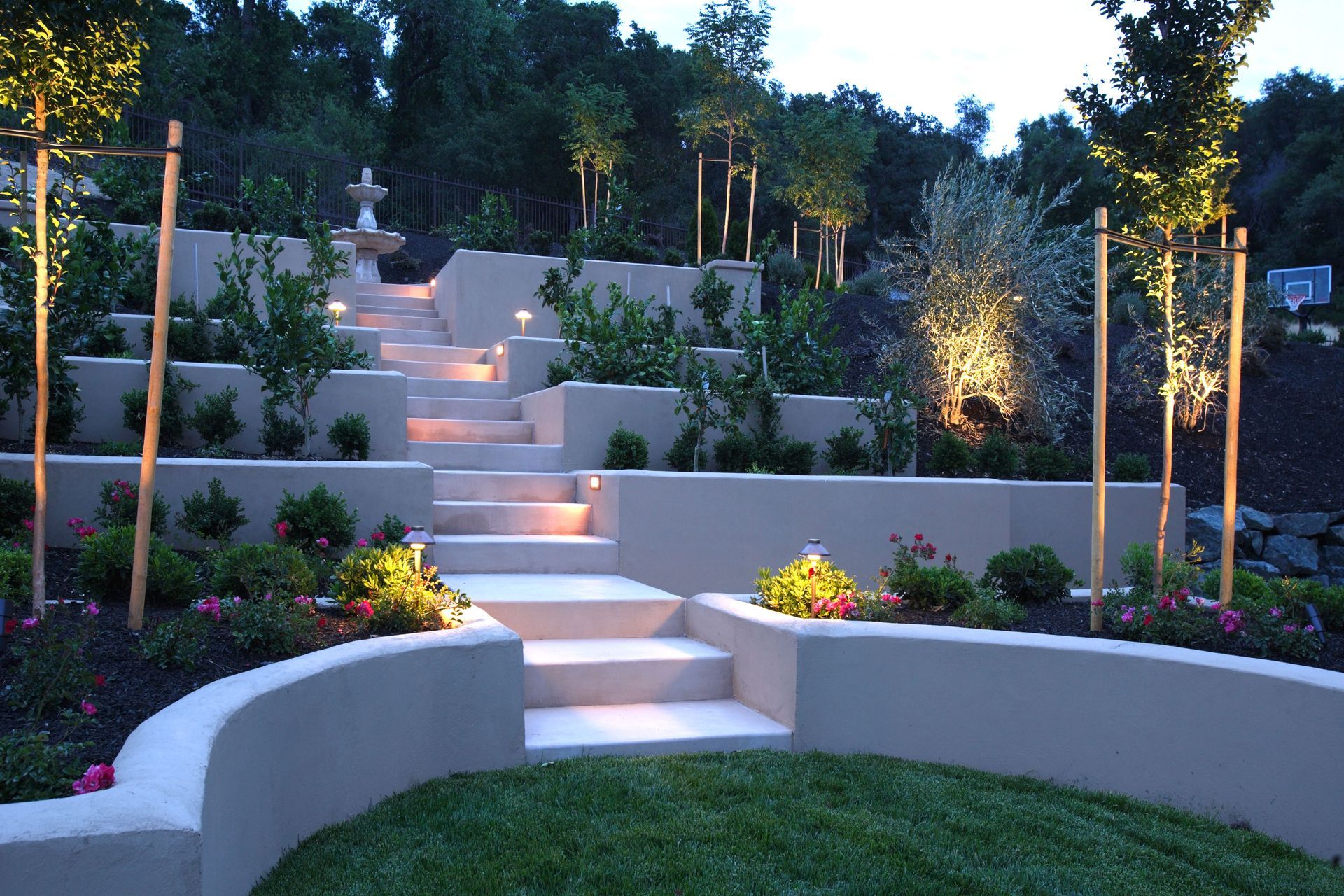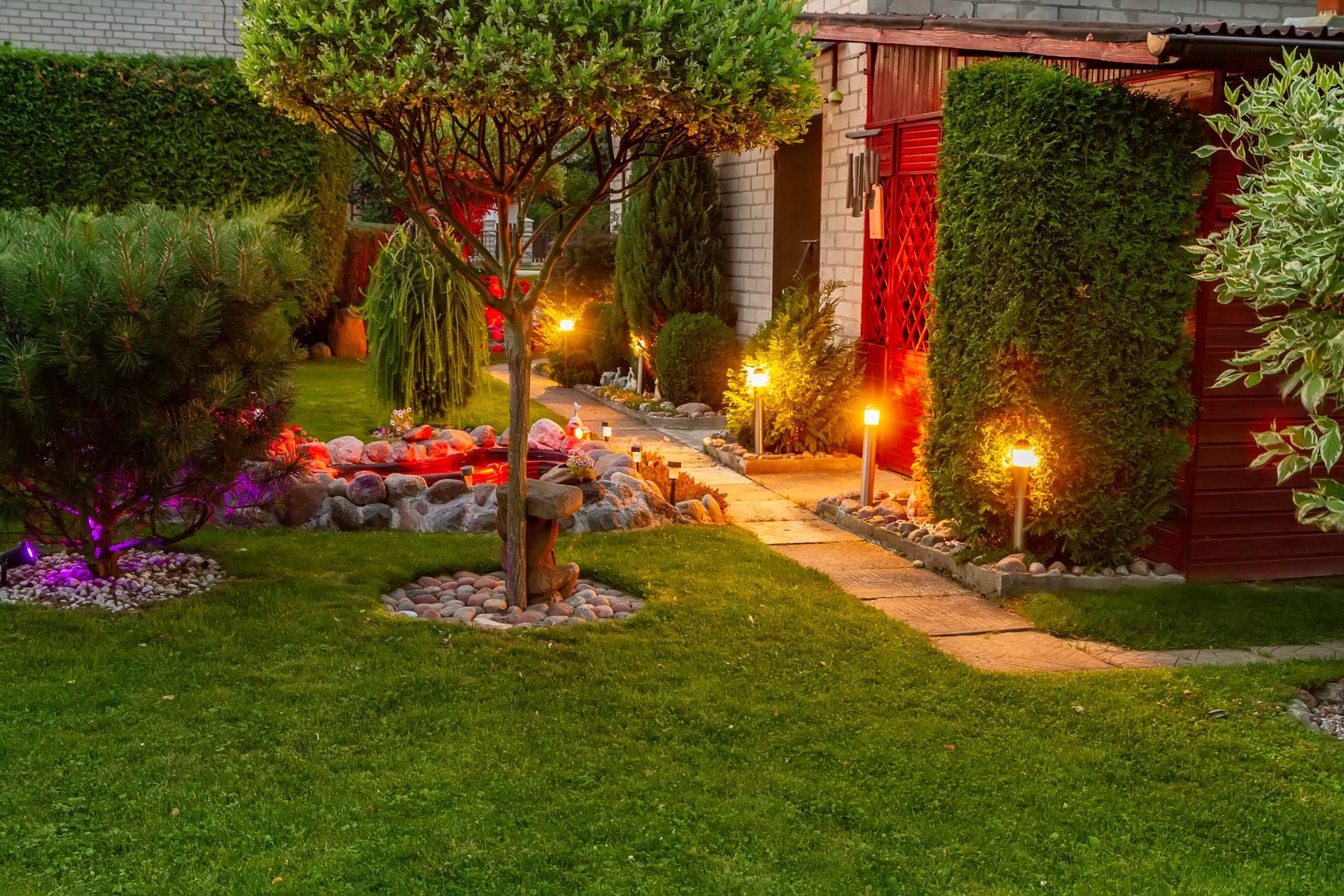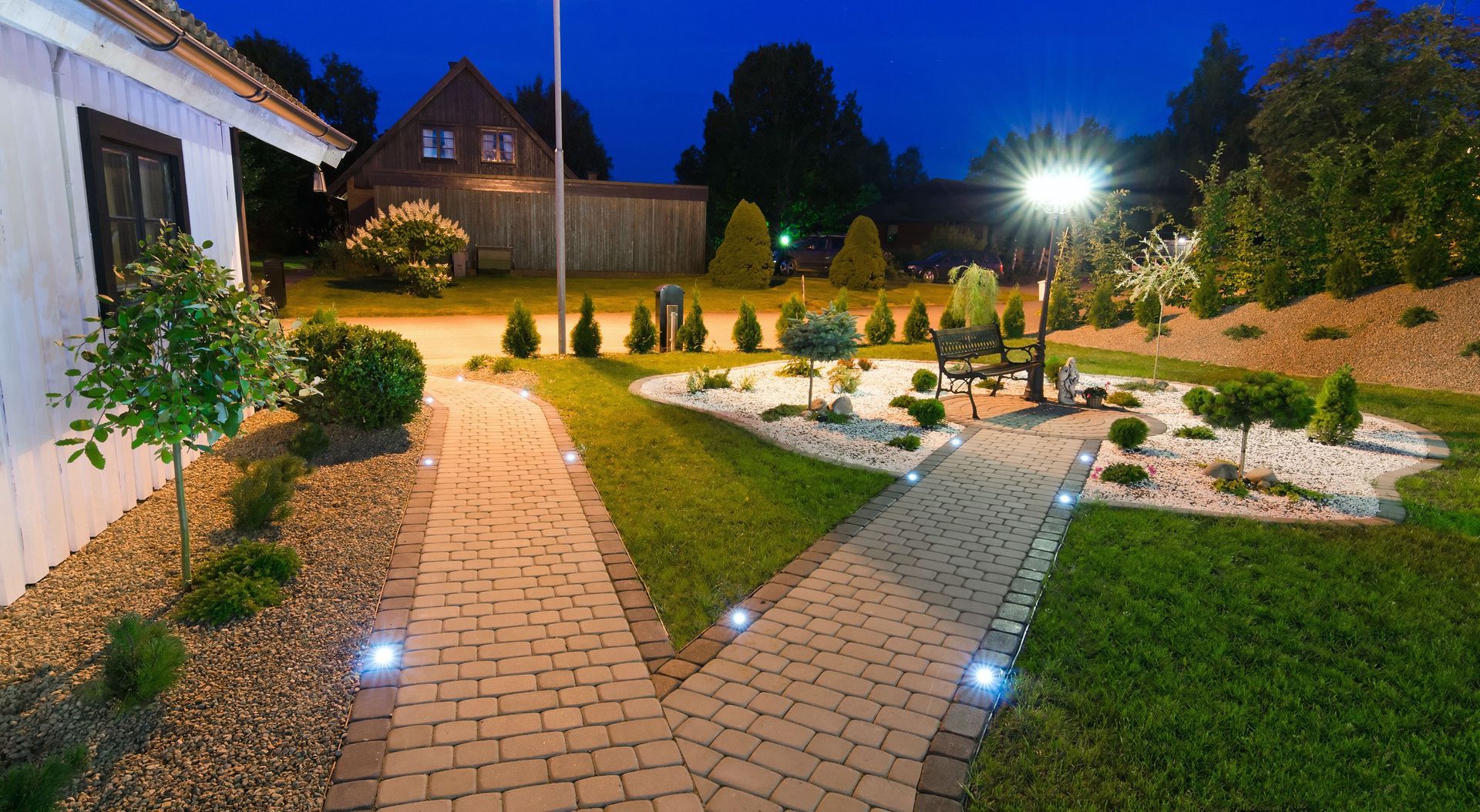Key Considerations for Professional Exterior Lighting Installation
Exterior lighting plays a crucial role in enhancing the aesthetic appeal and functionality of outdoor spaces. It not only provides security and safety after dark but also highlights architectural features and landscaping. The correct installation of exterior lighting requires careful consideration of various factors, including environment, design, electrical requirements, legal compliance, and maintenance. This article explores key considerations to ensure a successful exterior lighting installation tailored to your specific needs. By understanding these elements, you ensure the longevity and efficiency of your outdoor lighting system.
1. Assessing the Environment
A thorough landscape analysis forms the foundation of an effective exterior lighting plan. Analyzing the layout, topography, and natural features of the landscape allows for the strategic placement of lighting fixtures. This analysis should consider plant materials, hardscape, and water features to create a cohesive lighting design. Understanding how foot traffic and natural vistas interact with the landscape helps in optimizing lighting placement for enhanced usability and safety. By taking these environmental factors into account, the overall design can seamlessly merge with the surrounding natural beauty.
Identifying and highlighting focal points such as art installations, large trees, or architectural features adds drama and depth to an outdoor space. Understanding which elements should be accentuated can guide the type and placement of fixtures. Whether it's a grand doorway, a winding garden path, or an impressive water feature, selecting the appropriate lighting can spotlight these features effectively. This step is crucial in ensuring the exterior lighting enhances both functional and aesthetic elements of the property. Highlighting these aspects not only elevates visual interest but also improves the overall atmosphere of the surroundings.
Light pollution is a growing concern that impacts both the natural environment and human health. When designing an exterior lighting scheme, it is crucial to consider ways to minimize light pollution. This involves selecting fixtures that focus light exactly where needed and using shields to direct light downward. Implementing dimming capabilities and timers can reduce unnecessary light during late-night hours. Thoughtful design not only minimizes pollution but also enhances energy efficiency, contributing positively to the environment.
2. Designing and Aesthetic Appeal
Selecting the right fixtures is a critical element of a successful exterior lighting design. Fixtures should fulfill both functional requirements and align with overall aesthetic goals. Understanding the purpose of different lighting types, like spotlights or pathway lights, can guide your selection. Quality fixtures enhance not only the longevity of the installation but also the visual appeal of the space. Demand for external lighting fixtures, forecasted to increase by 4.7% per year through 2024 to $5.5 billion, according to Freedonia Group, indicates the growing importance of fixture selection in both residential and commercial spaces.
The color temperature of lighting significantly impacts the atmosphere and mood of an outdoor area. Selecting warmer temperatures can create a cozy, inviting ambiance, while cooler temperatures lean towards a more modern, vibrant effect. Understanding the impact and interplay of different color temperatures helps to achieve the desired mood for each section of the property. Attention to this detail also ensures cohesion with any existing interior lighting schemes to enhance continuity. The right temperature selection can substantially elevate the visual experience of an environment.
Layering and contrast are essential techniques in creating dynamic and visually appealing outdoor lighting. Using a combination of ambient, task, and accent lighting adds depth and dimension to the design. Contrast achieved through the strategic placement of lights can draw attention to specific areas and create focal points within the landscape. It's important to ensure these layers are balanced and complement the existing space without overwhelming it. A well-thought-out layering strategy can transform the nightscape, providing drama and intrigue.
3. Considering Electrical Installation
Accessible power sources are essential for a successful exterior lighting installation. It involves determining the proximity of power outlets and ensuring the existing grid can support the additional load. Carefully mapping out power accessibility reduces future complications and potential costs. When access is a challenge, alternative sources like solar power can provide a viable solution. Effective power management supports the uninterrupted operation and maintenance of the exterior lighting system.
Electrical load capacity and planning are critical to preventing system overload and ensuring safety. Accurately calculating the load of planned installations prepares for integrating new elements into the existing electrical system. Ensuring adequate capacity helps prevent circuit overloads and potential hazards. This foresight promotes efficient use of electricity and reduces the risk of future energy failures. Engaging with professionals for precise calculations and planning can mitigate unnecessary risks.
Ensuring adherence to wiring and safety standards is paramount for secure exterior lighting installation. This requires using appropriate cabling, voltage settings, and grounding techniques to comply with safety codes. Compliance ensures the system's reliability and safety for users and maintains the professional integrity of the installation. Employing rigorous safety protocols minimizes hazards such as electric shocks or fires. Reliability rooted in strict adherence to safety standards contributes to the overall success of the lighting project.
4. Complying With Legal and Regulatory Processes
Understanding local building codes is essential to ensure compliance in exterior lighting projects. These codes encompass specifications on fixture types, energy requirements, and safety measures. Staying informed prevents legal complications and ensures the integrity of the installation. Building codes often include requirements specific to material usage, installation procedures, and environmental impact. Proper adherence guarantees a smoothly executed project licensed with the necessary approvals.
The process of obtaining permits and approvals is crucial before commencing any exterior lighting work. Timely application and documentation submission facilitate efficient project progression. Delaying this process may lead to interruptions and potential legal ramifications. Engaging experienced professionals can streamline the permit process, ensuring all requirements are met adequately. Adherence to permit processes protects against future disputes or unforeseen costs.
Environmental regulations concerning light pollution mandate thoughtful planning of exterior lighting installations. These regulations seek to protect wildlife and preserve natural night skies. Implementing low-impact solutions such as cutoff fixtures can mitigate adverse environmental effects. Regulations emphasize minimizing upward light emission and redirecting focus to ground-level transparency. Complying with these guidelines contributes positively to community sustainability efforts.
5. Maintaining the Electrical Work
The choice of durable materials is paramount to the longevity and resilience of outdoor lighting fixtures. Materials must withstand exposure to various environmental elements, including moisture, temperature changes, and physical wear. Proper selection extends the lifespan of fixtures, reducing the need for frequent replacements. Opting for high-quality materials mitigates maintenance costs and enhances the sustainability of the setup. Understanding materials and properties, and environmental compatibility, enhances project outcomes.
Considering the lifespan of fixtures and bulbs is essential for strategic planning and preventing premature failure. Investing in longer-lasting options such as LEDs or robust fixtures minimizes maintenance efforts and unexpected costs. The reliability of long-life products enhances a system's performance and dependability. Regular assessments of fixture conditions help identify timing for replacements or upgrades, maintaining system integrity. Emphasizing lifespan as a selection criterion ensures investment in reliable solutions.
Exterior lighting systems benefit from adjustments to accommodate seasonal changes and varying environmental conditions. Modifications in lighting levels or the introduction of seasonal accents can optimize year-round performance. Flexibility in a system's design allows for these seasonal adaptations without costly reconfigurations. Anticipating the need for changes in illumination intensity or focus based on seasonal shifts enhances the usability of outdoor spaces. Planning for seasonality ensures a continually relevant and effective lighting solution.
Effective exterior lighting installation demands consideration across environmental, design, electrical, legal, and maintenance factors. Each element plays a vital role in achieving a harmonious and functional outcome that enhances both safety and aesthetic appeal. Whether opting for professional installation or a DIY approach, understanding these considerations facilitates informed decision-making. By addressing these points, you ensure an exterior lighting system that is efficient, compliant, and enduring. Make strategic choices for a lighting solution that not only meets immediate needs but also adapts to future demands. For more information about the services that we offer, reach out to our incredible team at Creative Outdoor Lighting today!







Share On: